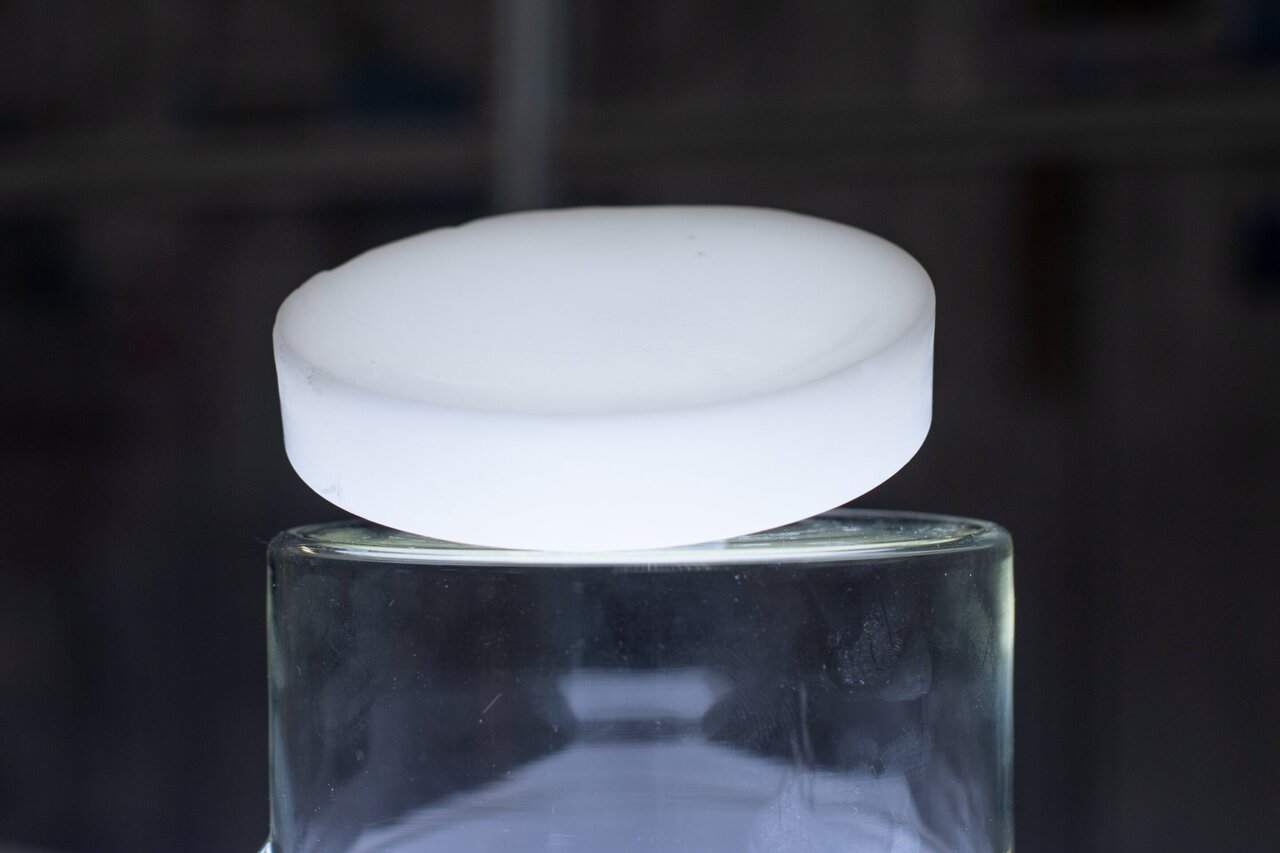
A team of German researchers at Martin Luther University Halle-Wittenberg (MLU) and the University of Leipzig have developed a novel heat storage material that can significantly improve the energy efficiency of buildings. According to the researchers, it can store additional energy and release it back into the environment when required. Though heat-storage materials are not uncommon, this new shape-stabilized phase change material (ss-PCM) has a striking feature of storing five times more thermal energy than existing available PCMs. Further, it is made of harmless substances and is more stable, and hence helpful in keeping the building warm without causing any damage to the environment. Read SURFACES REPORTER (SR)’s complete report:
Also Read: New Self-Cleaning BioPlastic Inspired By Lotus Leaf; Help Curbing Plastic Pollution | Australia | SR Material Update
Shape-Stabilized Phase Change Material (ss-PCM)
The scientists say that the novel invention is a shape-stabilized phase change material that can transform from solid to liquid and absorb large amounts of heat. The stored energy can be released when the material solidifies. Professor Thomas Hahn from the Institute of Chemistry at MLU equates the chemical process to disposable hand warmers. This material absorbs energy during the sunny hours of the day and rereleases it when the temperature goes down. According to Hahn, the building industry can use the material as large panels that can be integrated into the walls.
“This could save a lot of energy: The researchers have calculated that when the new material heats up, it can store -under the right conditions - up to 24 times per 10 degrees Celsius more heat than conventional concrete or wallboard,” mentioned in the website.
Stable and Eco-Friendly
The material produces more heat and is more powerful and stable than the existing commercial composite PCM boards. As per the academics, the ss-PCM was synthesized through a new porogen-assisted sol-gel process, which resulted in high mechanical stability. In addition, it is completely sustainable as it is made from natural fatty acids and additives found in rice husks.
Also Read: Designer Develops New Materials from Organic and Textile Waste| Adapt Materials | SR Decor

How is it Formed?
The researchers wrapped the new material in a shell of solid silicate, and as per Hahn, it cannot escape owing to the high capillary forces. The scientists examined that all the material configurations showcase a shape-stability of around 100 percent, high chemical stability, and long-term performance of about 2,000 thermal cycles. The researchers said they got the results regardless of the amount of paragon used in the synthesis.
Till now, the material is produced in very small quantities in the laboratory, however, in the future, the material can be optimized by fusing it with other materials and other processes to make edifices more energy efficient or to passively cool photovoltaic systems and batteries, thereby increasing their efficiency.
Images: Uni Halle / Marian Sorge
Source: https://www.sciencedirect.com/
Keep reading SURFACES REPORTER for more such articles and stories.
Join us in SOCIAL MEDIA to stay updated
SR FACEBOOK | SR LINKEDIN | SR INSTAGRAM | SR YOUTUBE
Further, Subscribe to our magazine | Sign Up for the FREE Surfaces Reporter Magazine Newsletter
Also, check out Surfaces Reporter’s encouraging, exciting and educational WEBINARS here.
You may also like to read about:
A Plastic-Like Material Said to Be Stronger Than Steel 2DPA-1
A Biomaterial That Is Said to Help Reduce the Building’s Carbon Footprint to a Minimum Mycelium
A Material That Could Be Alternative to Wood, Made From Kombucha Waste Pyrus
And more…